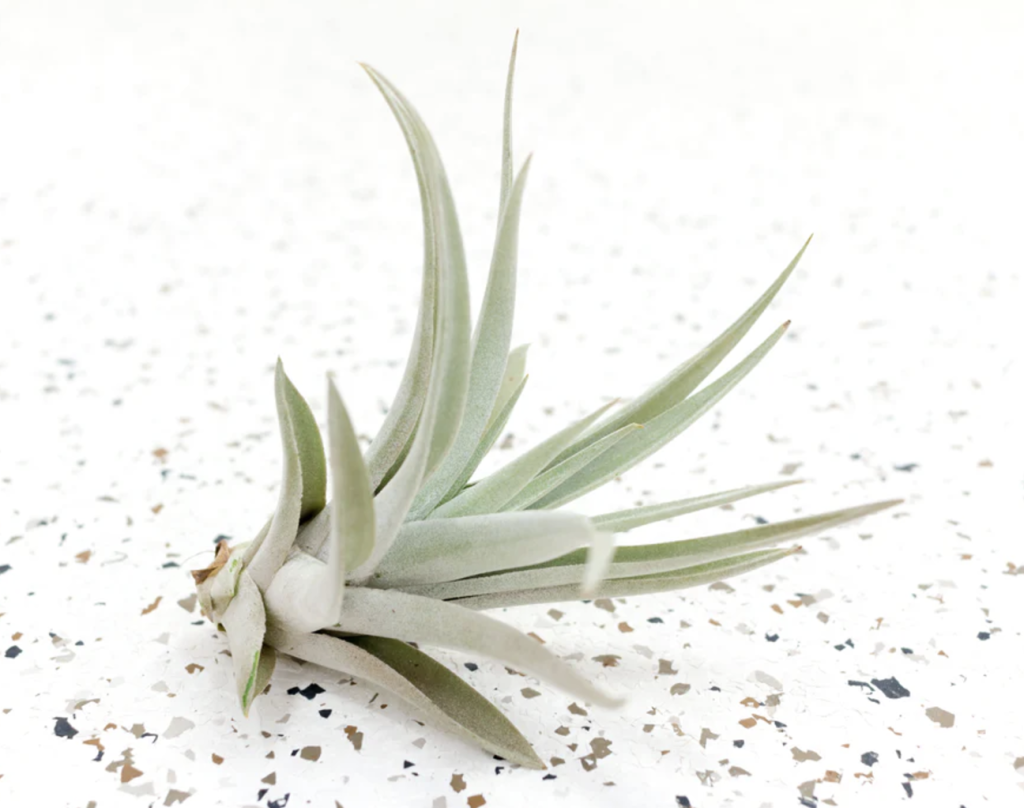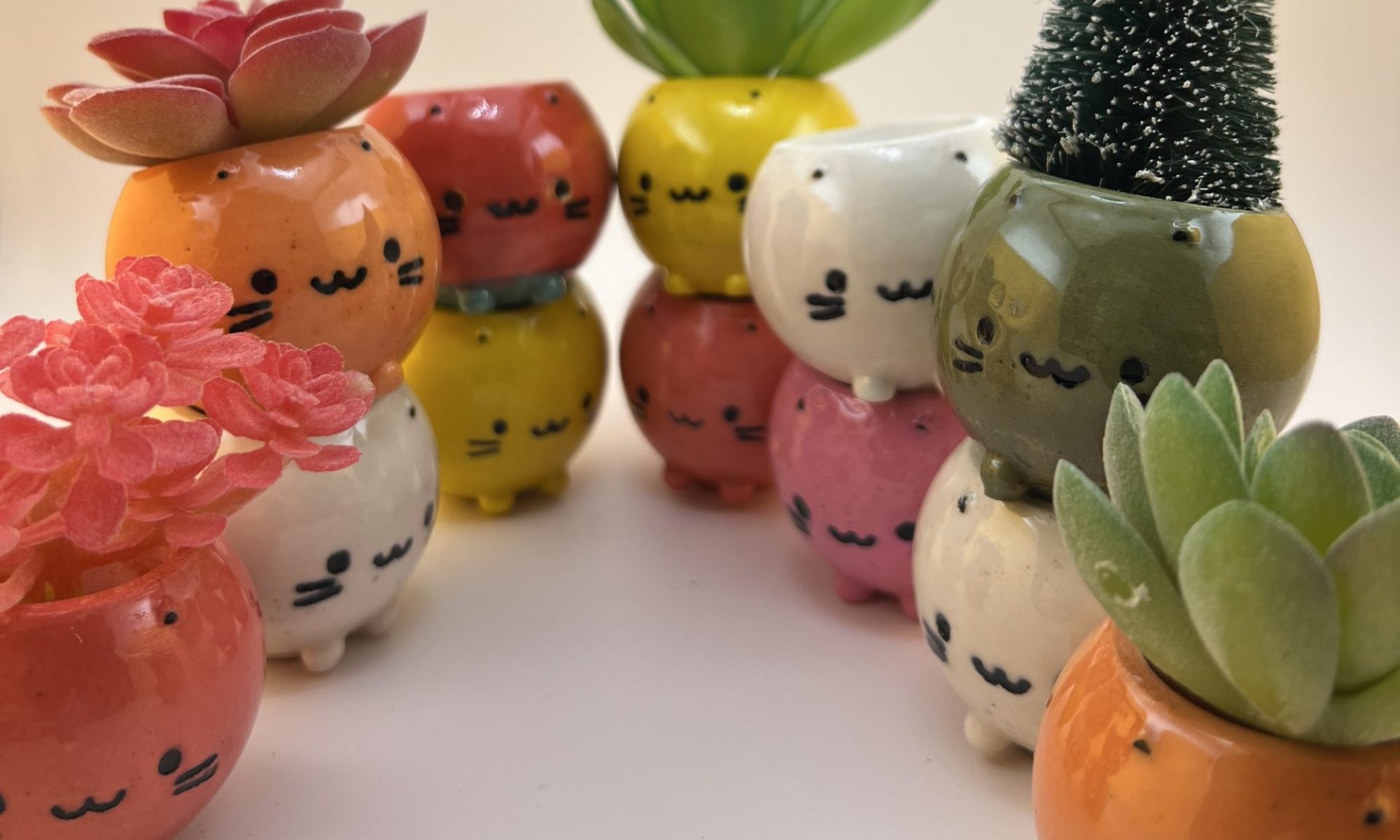PLANTS CARE TIPS FOR BEGINNERS.
Succulents ; Air plants ; Our personal favorites
Here’s a simple, effective beginner-friendly guide for air plant care:
Air Plant Care Tips for Beginners
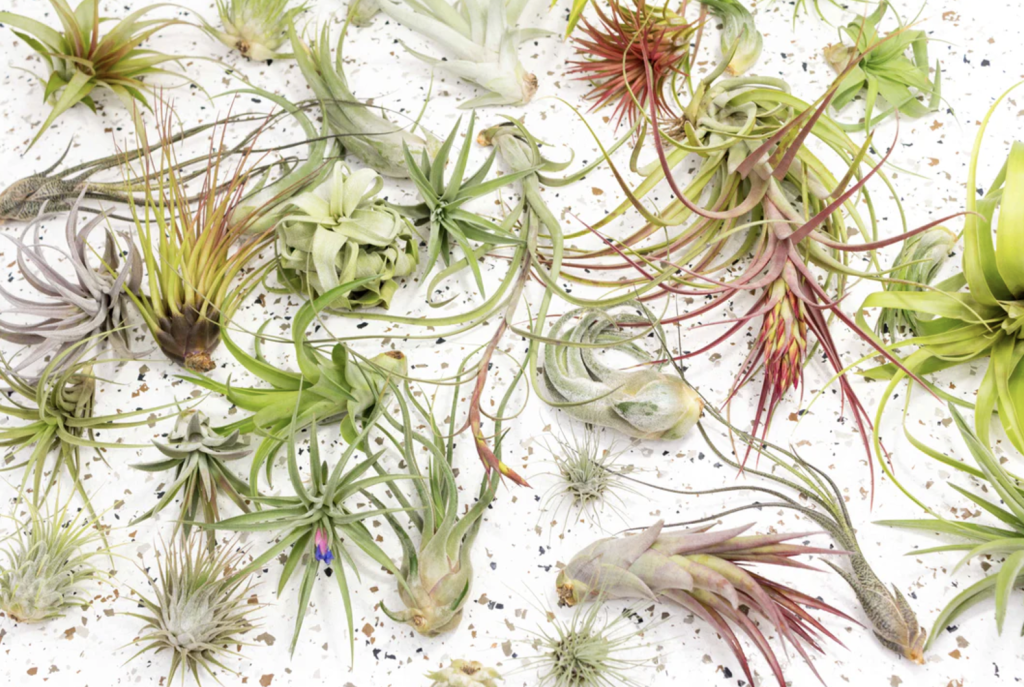
- Light: Place in bright, indirect sunlight or near a window with good airflow, but bright indoor lighting is also sufficient.
- Watering: When you reach home with your new air plant, soak in room-temperature water for 20-30 minutes. Do this once a week. Let it dry completely before placing it in your planter or other containers. Mist lightly in between if needed. Do NOT like soil, it is an “air” plant 😉 !!
- Drying: Shake off excess water and let dry completely upside down to prevent rot.
- Air Circulation: Ensure good airflow—never keep in a closed container.
- Temperature: Keep between 50-90°F. Protect from frost and extreme heat.
- Fertilizer: Use a diluted air plant fertilizer once a month to boost growth.
- Mounting: Can be placed in decorative holders, but avoid copper or treated wood, which can be toxic.
Useful information & Propagation The life cycle of air plants includes growth, bloom and reproduction. If your plant is green you can look forward to a bloom cycle and/or reproduction through the growth of « pups » (baby plants). This happens after blooming. Each plant will produce 2 to 8 pups. The pups can be allowed to grow to create a large specimen or be separated when they are 1/2 or 1/3 the size of the parent plant.
If you decide to place it in a Terrarium: Terrariums/Enclosures are not required for this plant. Do not put your air plant in soil or let it remain wet for extended periods of time.
Let’s grow together! 🌿 Follow us on social media for a first look at our newest planters every month and our suggestions on the best plant to match each planter!
Curious about the name of your Succulent Plant?
Find its photo and name below!
Air Plant – Tillandsia Ionantha (Raspberry) — Suggested Match –> Volcano ; Monkey; Alien/UFO; Cactus; Mini-meow; Mini-Woof

Air Plant – Tillandsia Ionantha
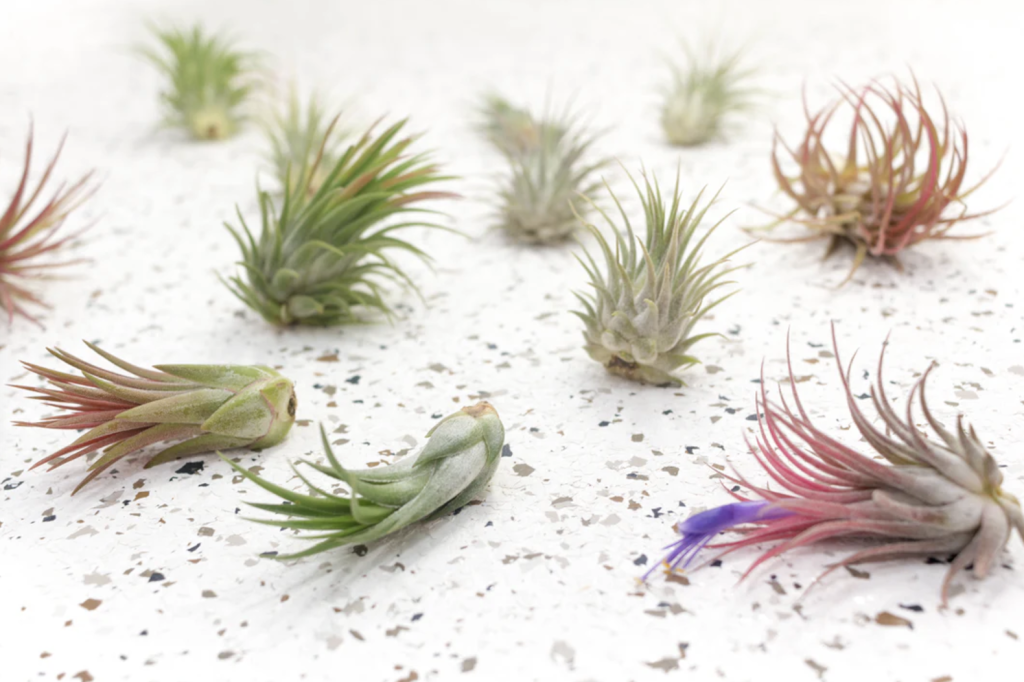
Air Plant – Tillandsia Xerographica
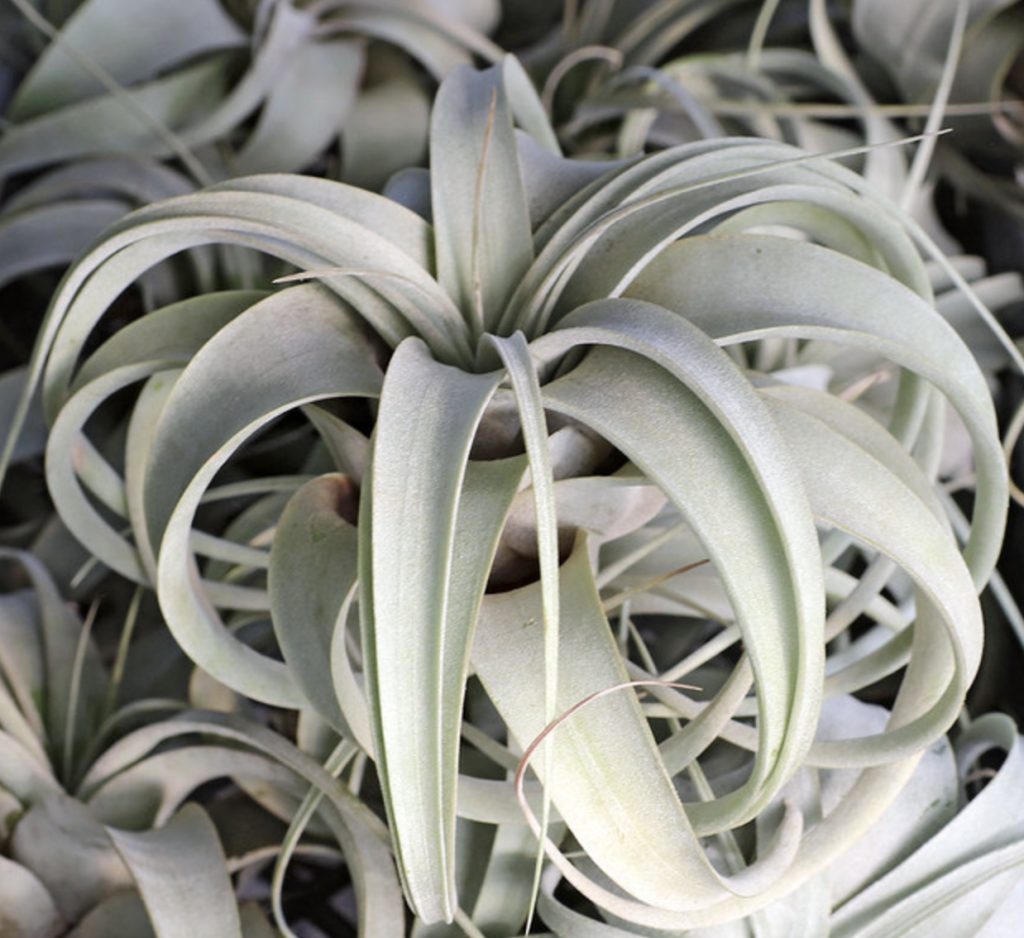
Air Plant – Tillandsia Caput-Medusae
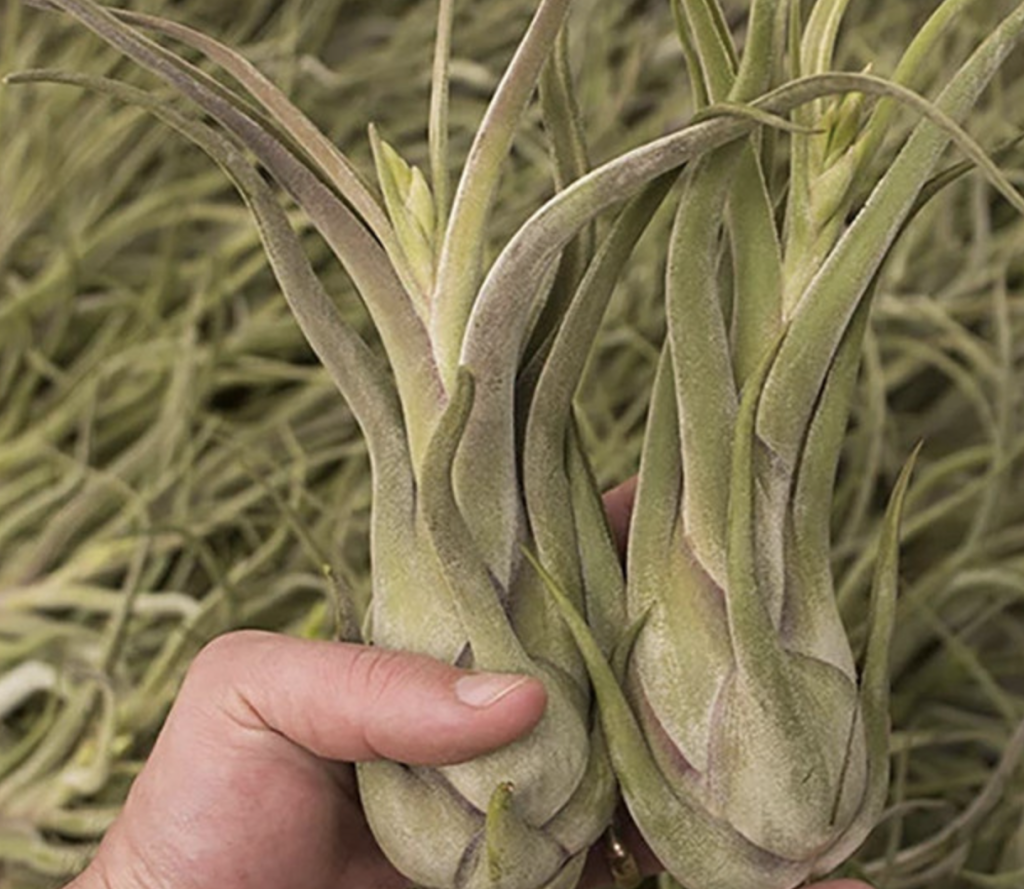
Air Plant – Tillandsia Harrisii
